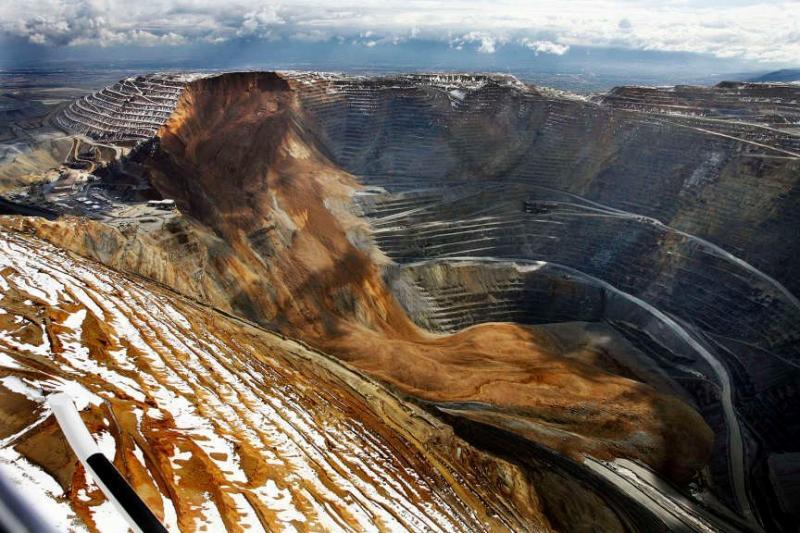Sagar Chandra, VP of Business Development – Latin America and Todd Rigby, Director of Sales, at private wireless mesh network technology company Rajant Corporation recently shared with IM their thoughts on how slope stability monitoring is increasing both safety and productivity. “Slope failure in open-cut mines can have devastating effects, especially when they occur without warning. One slope failure can destroy valuable equipment and significant assets within the mine, which in turn, will inevitably lead to mine closures. This not only disrupts a business’ day-to-day operations but will displace workforces and communities too – costing millions of pounds a day. Most importantly, slope disasters present risk of human injury and, in the worst cases, can result in loss of life.”
The most recent tragic example of this is the Brumadinho dam disaster in Brazil, which saw more than 237 lives lost and 30 citizens reported missing. “This misfortune highlights that mining operators must put slope stability at the top of their agendas. The catastrophic failure, which released a mudflow that advanced through the mine’s offices and into houses, farms and roads had a devastating effect on citizens, communities as well as public and private organisations, is a lesson which needs to be learnt from. That is why slope stability is crucial in the management of many types of mining operations. The sooner operators begin investing in technology which can not only detect but, in some cases, also prevent a slope failure the better.”
They add: “As the mining market continues to gain pace, open pit mines are becoming larger, deeper, and steeper to satisfy demands. As a result, assessing and monitoring slope stability is critically important in mining operations and should form part of the overall safety management and productivity of a mine. Although slope failures are an ever-present danger at most mining operations, the likelihood of failure has significantly lessened over the past decade due to improved management and monitoring. This, plus advancements in radar technology, means that today there are various slope monitoring solutions available. Rarely does a slope just give away and slide, it is almost always predicted by minor movements prior to the big release, so with the right technology in place, mining stakeholders can be one step ahead of failure.”
These solutions are designed to enable mining operators to analyse whether a slope is safe or not and how to possibly enhance the stability of the slope to avoid failure, if possible. Unmanned Aerial Vehicles (UAVs) are also now being used to perform a rapid condition assessment of slopes. By fitting the drones with high-resolution cameras, laser scanners and other equipment, airborne remote monitoring of rock slopes and earthworks can be carried out to further enhance traditional visual inspections.
“While there are several different solutions for monitoring slope stability, they all have one thing in common – they rely on a reliable, robust and secure wireless network which can transport alerts and information about slope movement in real-time. One of the largest open pit mines in the world, located in Utah, required a solution to actively monitor and assess the stability of its mine’s slopes. The mine’s steep walls made it a high risk for landslides, meaning a radar system was vital to monitoring the ground’s stability. This was particularly crucial when the mine faced one of the most significant landslides ever recorded, during which it was estimated that more earth moved to the bottom of their pit than was excavated during the construction of the Panama Canal.”
Prior to the landslide, the two different slope monitoring systems that the mine had installed identified that the high wall was starting to move. This allowed miners to start taking precautions weeks in advance of the slide that eventually occurred. As a result, mining operations were shut down the day before the anticipated slide and not a single person suffered an injury. This predictive intervention was all made possible by an industrial wireless network, which provided continuous 24/7 connectivity to transport the data from the radar technology to the stakeholders of the mine in real-time.
“With the right wireless mesh network in place, miners can be confident that they will receive invaluable data in real-time, which will empower them to make well-informed decisions to manage the risks of slope landslides, ensuring maximum safety of its personnel and those in the surrounding areas of the mine, such as communities. Furthermore, this will provide miners with the means to limit the financial repercussions of a landslide and protect equipment from damage, all while increasing productivity across the mine.”











